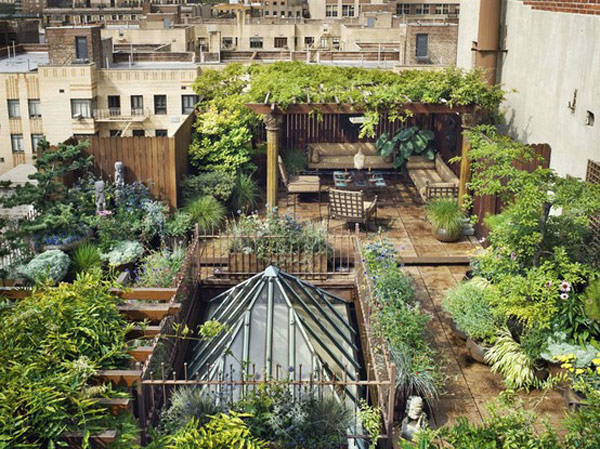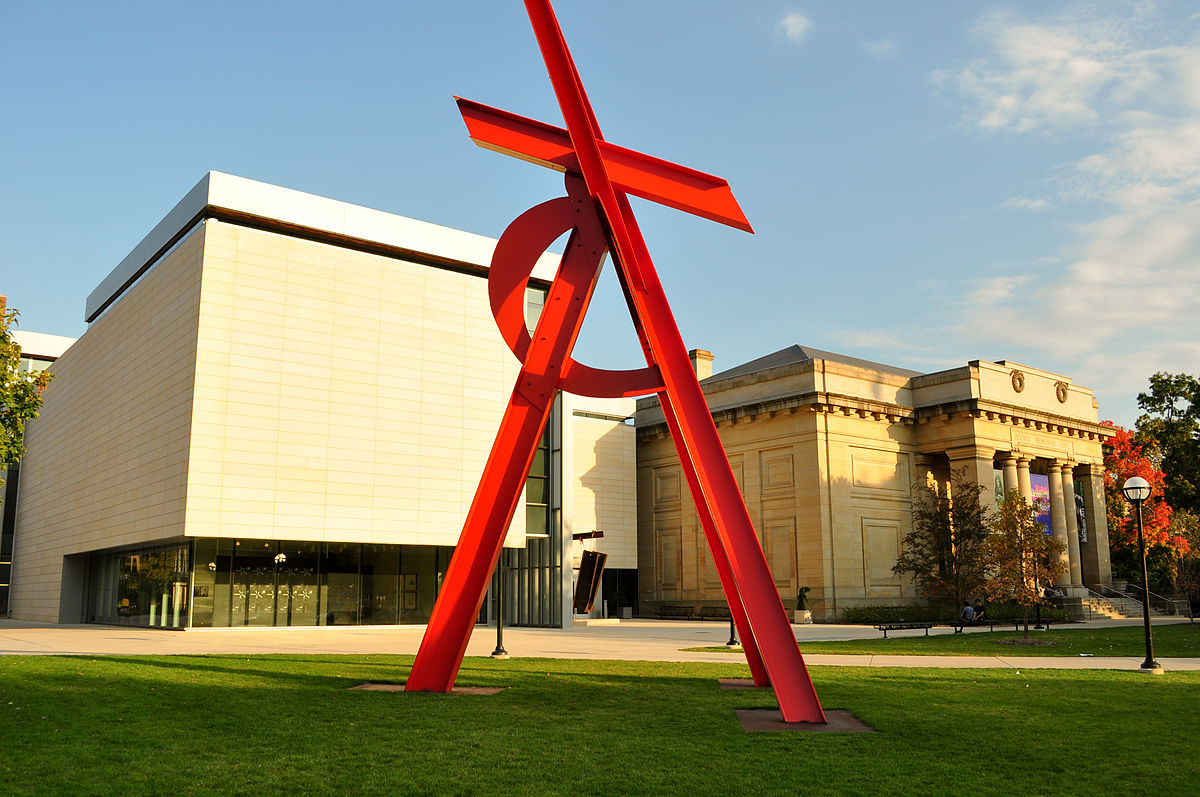Like many other students on the U of M campus, I sometimes struggle with boredom. To be bored is a privilege of course, but the feeling is there, and it is palpable nonetheless. By the time the weekend comes and I’m ready to let myself forget about the stress of the past week, I’m always itching to do something fun, go somewhere cool, and eat something good. Usually I can’t do all three of those things, but I compromise with at least one. A lot of times I just go out to parties with my friends, but it’s honestly never actually fun. I have no idea why I still go out every weekend when I’m truly quite introverted and an early sleeper. For some reason I always think, “This time will be different!” even though it never is. I know I’m not the only person who holds this sentiment.
Recently I realized that I really underappreciate Ann Arbor’s music scene. This town is a top tour destination for a lot of famous artists. Also, the local musicians here are incredible. Have you ever visited the Detroit Street Filling Station when they have live music? I highly recommend it. We are so lucky to have such a rich culture of music on our campus, and the fact that it’s so easily accessible for students makes it even better.
You can never go wrong with a University Musical Society concert, especially when student tickets start at just $12. (Seriously, UMS is an invaluable resource on this campus. Never again in your life will you be able to see world-class performances for such an incredible price!) Another opportunity for entertainment on campus is seeing theatre by various student production companies, like MUSKET, whose production of Cabaret will be opening soon. But recently I discovered a new venue on campus that is super cool and very underrated: The Ark.
The Ark is located on Main Street near Conor O’Neill’s and Pretzel Bell. It’s currently under construction, but you can find it by the line of people going out the door every night. The acts are usually Americana/roots music artists, but the genres are loosely defined so there’s a lot of variation in what you can hear. Last Friday I heard former U-M music student Jeremy Kittel perform with his band Kittel & Co., and I was pleasantly surprised by the casual yet intimate atmosphere. Tickets can be anywhere from $11-$50, but I did some extra research online and it seems rare that any acts exceed the price of $20. That’s what I like to see, very student friendly!
Inside The Ark, there’s a cafe/bar where you can buy popcorn, candies, and drinks to accompany the concert. There is ample seating on three sides of the stage, but the middle of the seating area is reserved for members. You can also sit in tables closer to the stage if you’re into that dinner-theatre vibe. I just think it’s a great place to go that’s low-stakes and unintimidating if you want to enjoy some music. This week they’re actually starting Pre-Sale student tickets for their 42nd Annual Folk Festival on January 25th and 26th, 2019. You can grab those tickets in person at the Michigan Union Ticket Office until November 10th.

Photo courtesy of CBS Detroit.





